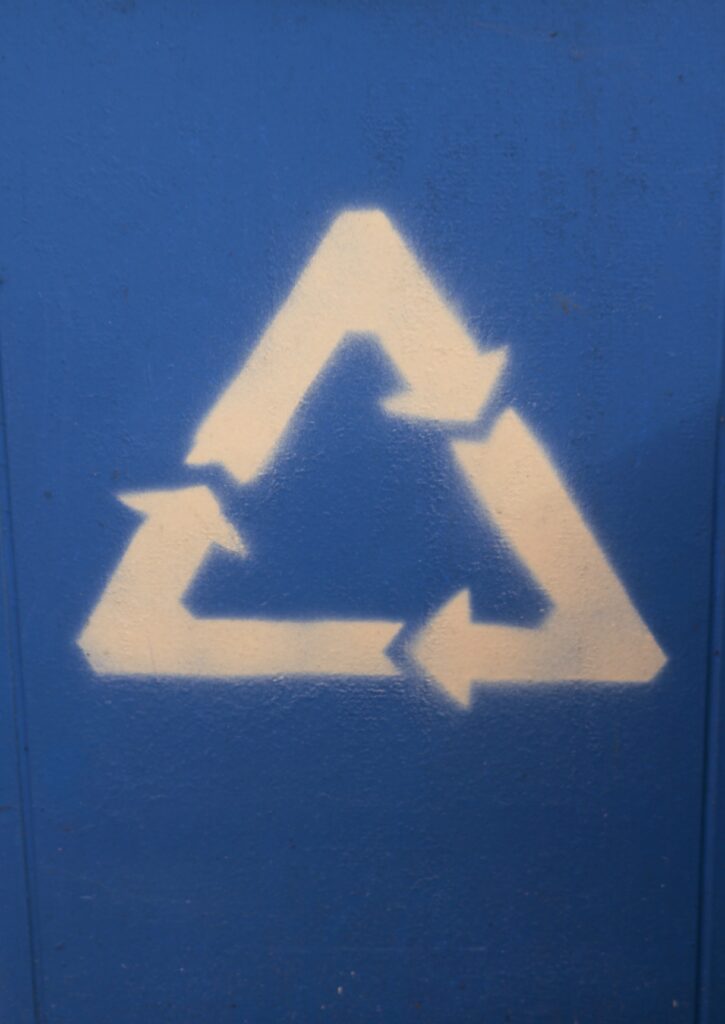The Circular Supply Chain

As concerns regarding businesses’ environmental impact increase, some decision-makers are starting to change the way their supply chains operate. We are beginning to see more and more companies move away from the traditional supply chain model for various reasons. Firstly, the traditional linear supply chains are very wasteful, which lead to unnecessary costs for the business. Furthermore, consumers are demanding more sustainable products, hence a product derived from a supply chain that is more sustainable. Lastly, a linear supply chain has particular challenges, such as lack of communication between all the parties and a lack of agility. Thus, some businesses are looking into adopting a circular supply chain approach.
What is a circular supply chain?
The circular supply chain is a supply chain that looks at sustainability not just as a framework but as a way of conducting business. The traditional supply chain that is seen as linear has remained untouched for many years. In this process, you acquire raw materials, change them into a product, distribute them to consumers, and finally, consumers will throw them away.

On the other hand, the circular supply chain aims to turn this process into a full circle where materials are not wasted. This way, when it comes to the stage where a product would be thrown away, instead, you give it a new life. The circular supply chain focuses on reusing materials to avoid waste creation. This empowers businesses not only to become creative in the way their supply chains operate but also to innovate and collaborate with other parties when it comes to resource scarcity and environmental impact of a business.
The advantages of a circular supply chain
Adopting a circular supply chain model not only helps reduce businesses’ environmental impact but also your long-term costs, unlike the linear supply chain model. The circular supply chain helps decrease costs as you reuse the raw materials you paid for, allowing you to get the maximum profit from these. Rather than throwing a product away when consumers no longer want it or when its life cycle has come to an end, this product can be transformed into a new product that has a lower production cost than a brand new one.
Furthermore, a circular supply chain can help businesses combat the price volatility of certain raw materials. Price volatility in linear supply chains often leads to problems in budget planning and keeping long term costs low. However, with a circular supply chain, it is easier to plan in terms of budget and expenses as you can anticipate the quantity of reused and recycled materials needed when producing new products.
Ensuring the circular supply chain is created with the right processes and technology in place can seem like an overwhelming upfront investment. However, in the long run, it has proven to be economical and beneficial not only for the environment but for the business as well.